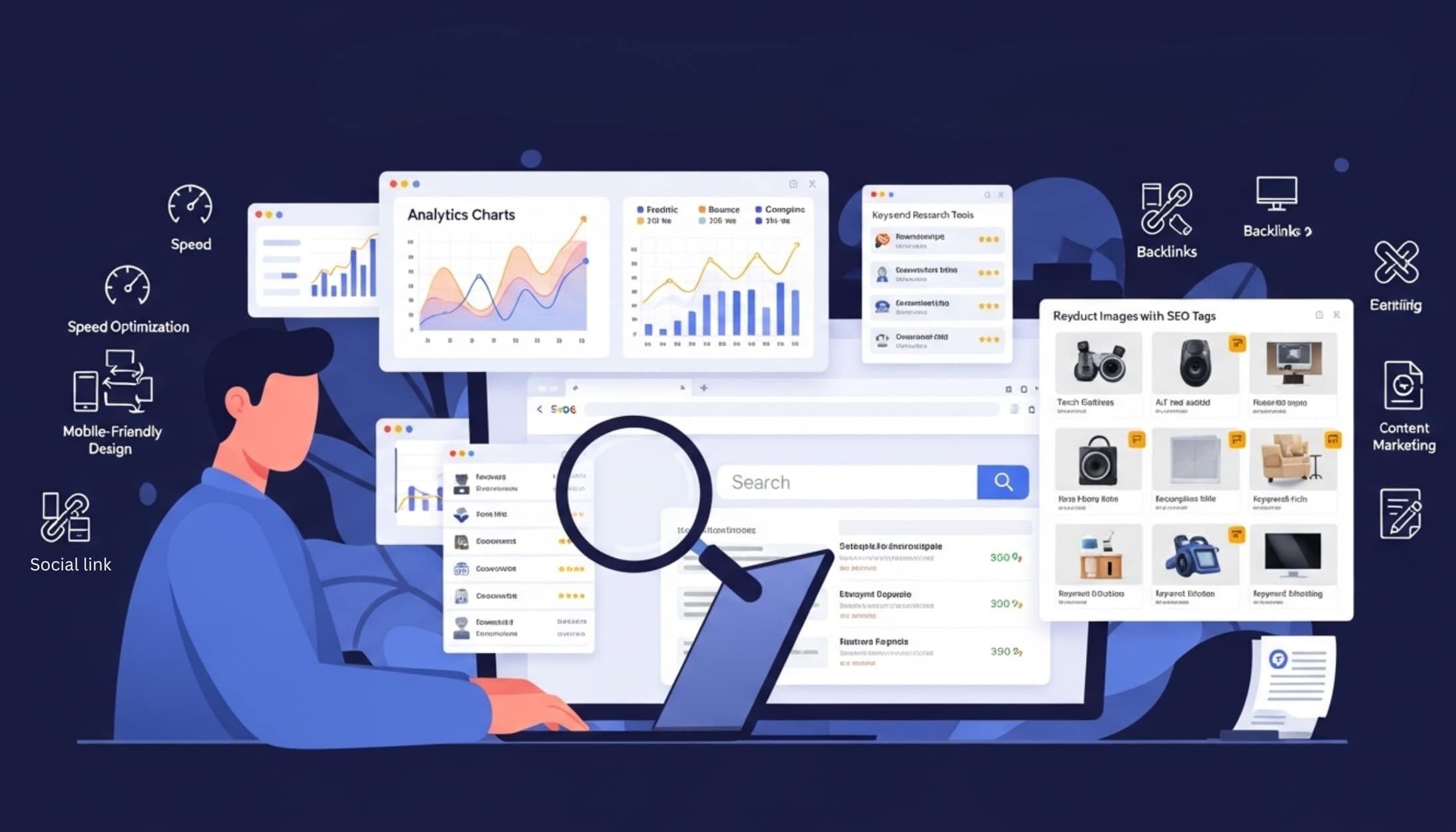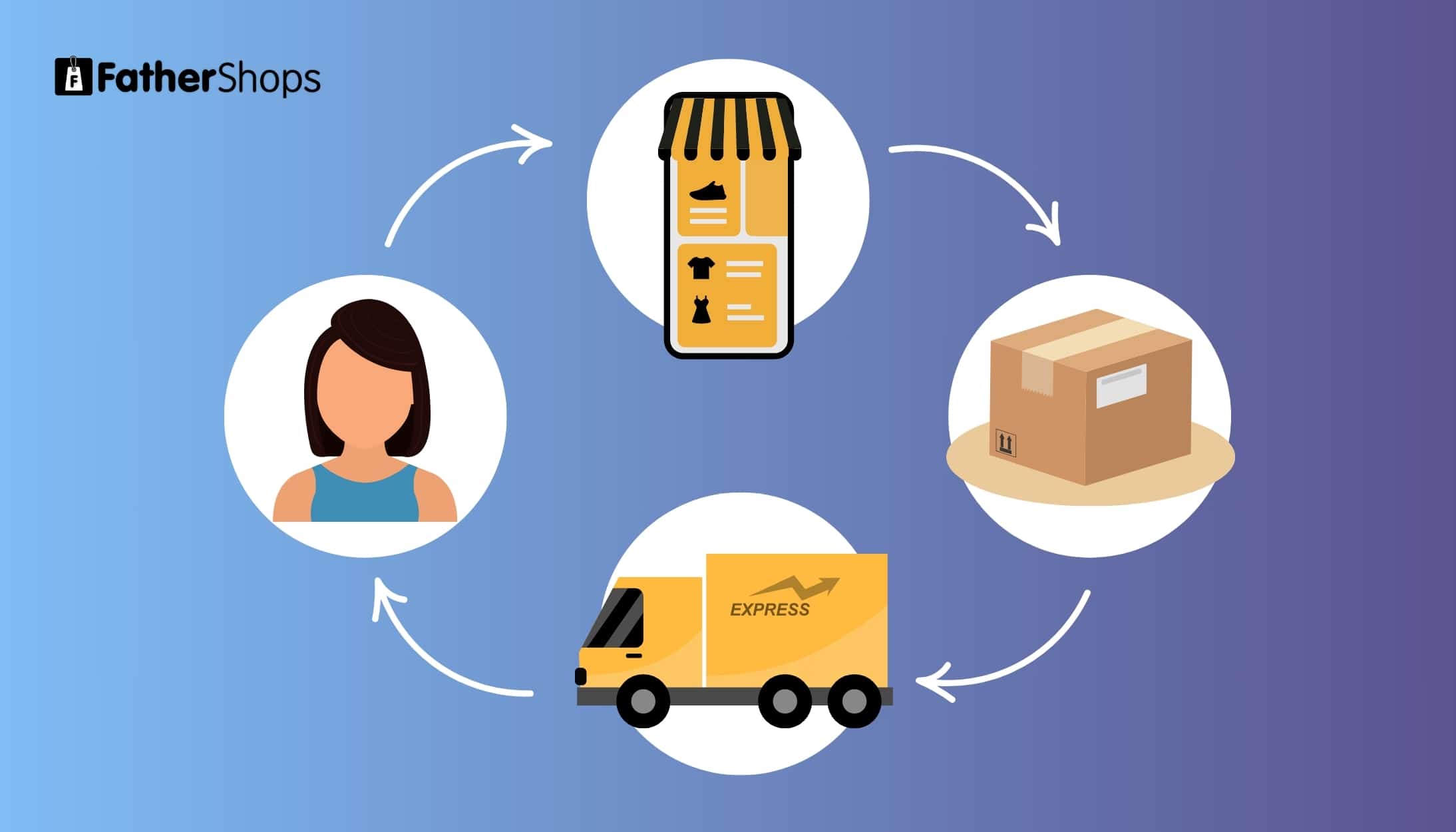In the world of online retail, dropshipping stands out for its low overheads and scalable potential. However, competition is fierce, and the lifeblood of consistent sales is organic traffic—driven largely by search engine optimization (SEO). If you’re just starting, mastering the basics of SEO for dropshipping store can help your site stand out in search results and attract ready-to-buy customers. Here’s a comprehensive, actionable guide for beginners looking to optimize their dropshipping store for top Google rankings.
Why SEO Matters for Dropshipping Stores
Unlike paid ads, which stop bringing traffic as soon as your budget dries up, effective SEO offers free, sustainable, and compounding organic traffic over time. It enables your store to rank for key product and category searches, bringing in visitors actively looking to make a purchase. In a crowded marketplace, even achieving modest rankings on Google can multiply your profits dramatically.
1. Keyword Research: The Foundation of eCommerce SEO
Keywords are the words and phrases your potential customers type into search engines. Keyword research helps you identify what your target audience is looking for when searching for products like yours. For beginners:
- Use free tools like Google Keyword Planner, Ubersuggest, or Keywords Everywhere to spot relevant keywords.
- Target not just broad terms (e.g., “running shoes”) but also long-tail keywords (e.g., “best waterproof running shoes for men”)—these are less competitive and convert better.
- Map your main keywords to your homepage, category, and product pages. Use secondary keywords in your blog and FAQs for a wider reach.
2. On-Page SEO: Optimizing Product Pages and Site Structure
Unique Product Descriptions
Many dropshippers copy manufacturer descriptions—don’t make this mistake! Write original, benefit-driven product descriptions. Address questions like:
- What problem does the product solve?
- Why is it unique or better?
- Who is it for?
Use your focus keyword (e.g., “seo for dropshipping store”) naturally in product titles, descriptions, and features.
Title Tags & Meta Descriptions
- Title tag: Include your primary keyword and keep it under 60 characters.
- Meta description: Make it compelling, descriptive, and under 155 characters, with a call to action and main keyword.
Headers and Structure
- Use only one H1 per page, typically with your main keyword.
- Use H2/H3 subheaders to logically break down information and include related keywords.
- Make navigation easy with clear menus for categories, and descriptive URLs like
/best-running-shoesinstead of/product123.
Optimizing Images
- Use original images when possible. Compress files for fast loading.
- Name images with descriptive, keyword-rich filenames.
- Always use alt text with relevant keywords to improve accessibility and image SEO.
3. Technical SEO: Speed, Mobile, and Site Health
Improve Page Speed
- Compress images, use lazy loading, and avoid heavy scripts to make your store load quickly.
- Google’s PageSpeed Insights can show you what to fix.
Mobile Optimization
- A responsive, mobile-friendly website is a must.
- Test your site on multiple devices—make sure every link, image, and CTA works perfectly on mobile.
Secure Your Site (HTTPS)
- Use a secure connection (SSL). Search engines prioritize secure sites, and shoppers trust them more.
Structured Data and Schema
- Add schema markup so Google can display rich snippets (price, rating, availability) in search results.
4. Content Marketing: Blogging and Authority Building
- Start a blog that provides value to your audience: how-to guides, product comparisons, buying advice, and reviews.
- Each post should target specific keywords and link internally to your main product or category pages.
- Content that educates and solves problems establishes you as a trusted authority and keeps visitors returning.
5. Internal Linking and Site Hierarchy
- Link from high-authority pages (like your home page or popular blog posts) to key product and category pages.
- Use descriptive anchor text (e.g., “affordable winter running jackets”).
- Well-planned internal linking helps search engines crawl your site and boosts page authority across your store.
6. Link Building: Getting Quality Backlinks
- Reach out to bloggers, influencers, and review sites relevant to your niche for backlinks through guest posts or product features.
- High-quality backlinks from reputable websites increase your store’s credibility and rankings.
- Avoid buying low-quality links; focus on natural, relevant relationships.
7. Maintain and Update: The Ongoing Work of SEO
- Regularly audit and update your content, product inventory, and site speed.
- Keep your XML sitemap and robots.txt file updated so Google can easily crawl your site.
- Stay up-to-date on SEO best practices—Google’s algorithms change frequently.
Summary Table: Key Beginner SEO Tips for Dropshipping Stores
| Step | Details |
|---|---|
| Keyword Research | Target mix of broad and long-tail keywords |
| Unique Product Descriptions | Write original, benefit-driven content with keywords |
| Title & Meta Optimization | Include keywords, make it concise and engaging |
| Header Structure | Logical use of H1, H2, H3 with keywords |
| Image SEO | Alt text, compression, keyword filenames |
| Site Speed | Compress files, fix scripts, check site speed |
| Mobile Optimization | Responsive design, mobile testing |
| Schema Markup | Enable rich results with structured data |
| Content Marketing | Start a blog, answer your audience’s questions |
| Internal Linking | Link pages logically with keyword-rich anchors |
| Backlinks | Get links from relevant, reputable sources |
Closing Thoughts
Mastering the SEO basics gives your dropshipping store a competitive edge, fuels sustainable growth, and helps you acquire organic traffic without breaking the bank. Focus on the essentials—keyword research, original content, technical site health, and authoritative backlinks—and you’ll set a solid foundation for your business. Remember, SEO is a long-term game, but the rewards compound as your rankings rise and your brand becomes a recognized leader in your niche.





